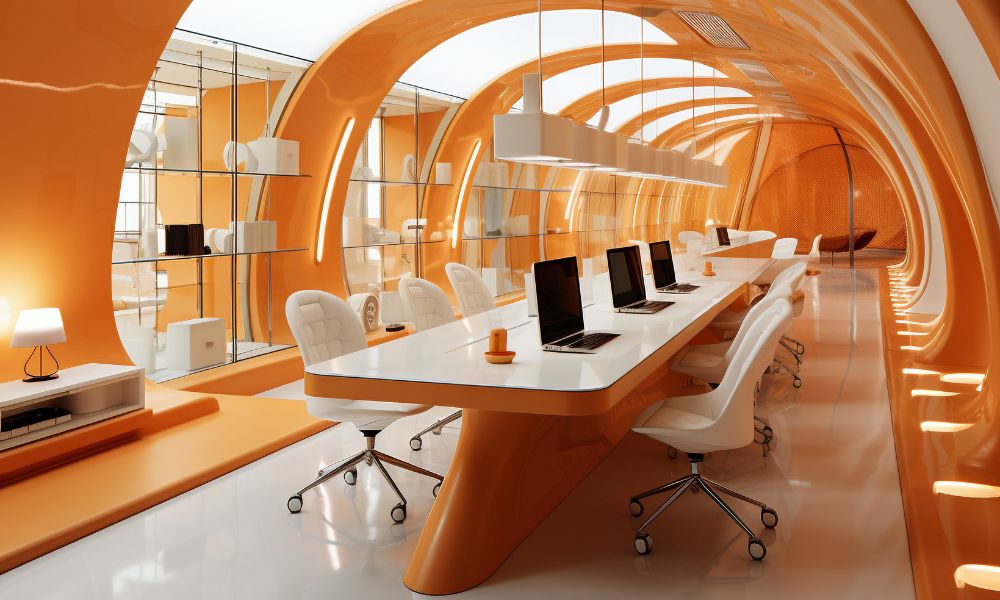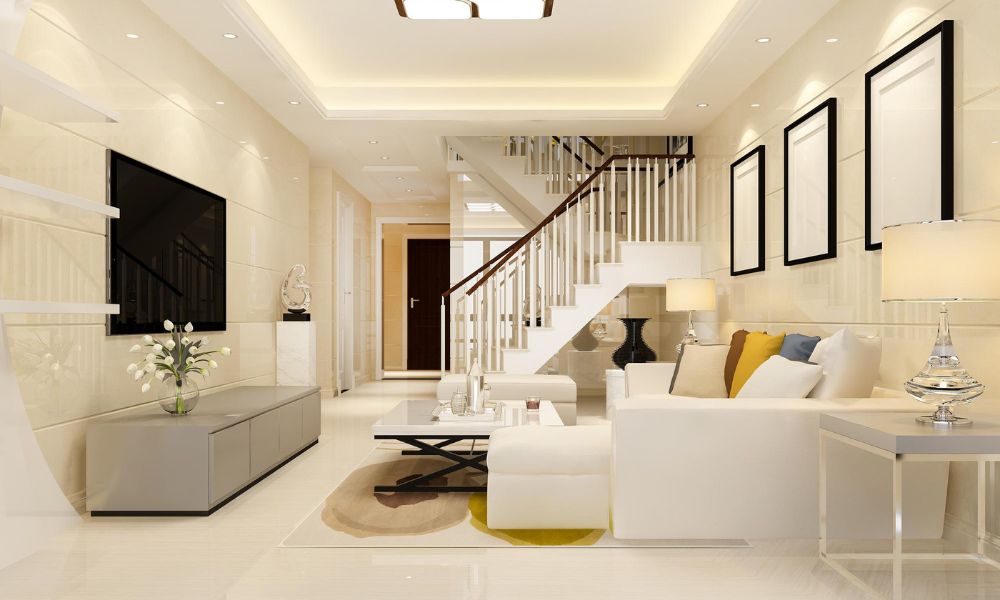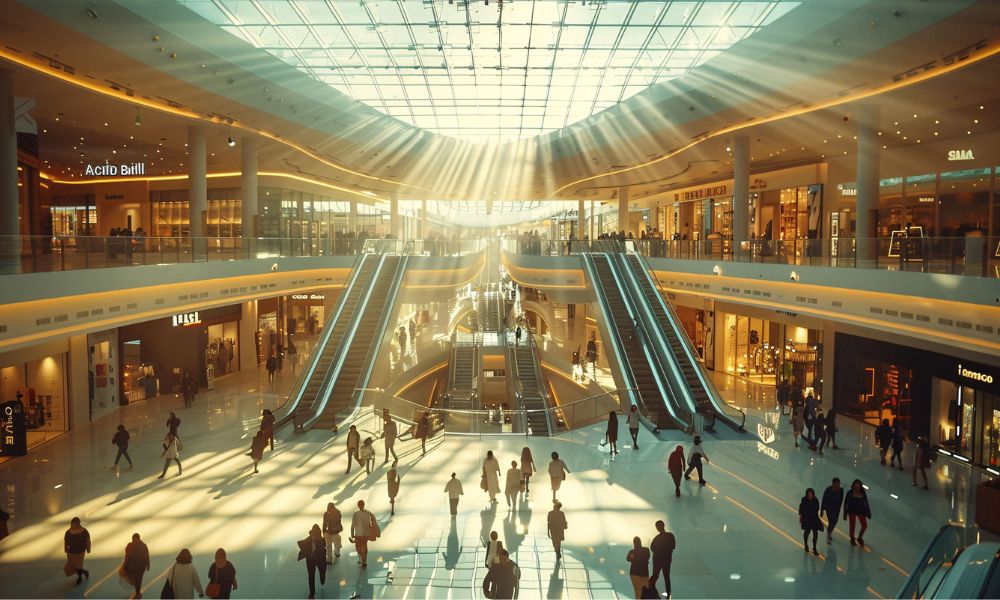Discover how architectural design shapes iconic futures, blending innovation, sustainability, and timeless creativity for tomorrow’s world.
Every skyline tells a story. From soaring skyscrapers to minimalist homes, architectural design has always been more than just blueprints and materials — it’s a force that shapes how we live, interact, and dream about the future. In a world facing rapid urbanization and technological advancement, the pursuit of visionary design is no longer optional; it is essential for building sustainable, functional, and truly iconic spaces.
In this article, we’ll explore how Architectural Planning shapes iconic futures, why it matters today more than ever, and how architects, innovators, and studios like openarchitectstudio.com are redefining tomorrow’s landmarks.
The Power of Architectural Design in Shaping Futures
Architecture isn’t static. Every building carries forward a philosophy — whether it’s a futuristic stadium, a green-certified office, or a humble residential unit. The power of Architectural Design lies in its ability to:
- Influence how communities connect and thrive
- Inspire cultural identity through aesthetic expression
- Balance sustainability with functionality
- Stand as a legacy for generations to come
A design is not simply about walls and ceilings; it is about creating a living experience that adapts with time.
Innovation as the Heart of Architectural Design
Iconic futures demand innovation. Today’s leading architectural projects integrate smart technologies, sustainable materials, and modular concepts that redefine modern living.
Smart Spaces
- Intelligent lighting, ventilation, and energy systems that respond to human needs.
- Integration of AI and IoT to create adaptive, efficient buildings.
Modular and Flexible Design
- Prefabricated construction reduces waste and speeds up delivery.
- Spaces designed to adapt to multiple purposes over time.
Innovation ensures that Architectural Planning is not just relevant today but sustainable for decades.
Sustainability: The Core of Tomorrow’s Architecture
Sustainability is no longer a trend — it’s a responsibility. Buildings consume nearly 40% of global energy annually, making eco-conscious design critical.
Key Sustainable Approaches
- Green roofs and vertical gardens reduce heat and improve air quality.
- Solar-integrated facades generate renewable energy directly from buildings.
- Recycled materials ensure minimal environmental footprint.
Forward-thinking studios ensure that every element of architectural design integrates eco-friendly practices, creating spaces that respect the planet while inspiring future generations.
Human-Centered Architectural Design
Great architecture isn’t only about bold structures — it’s about people. The future of architectural design is increasingly human-centered, focusing on:
- Comfort and well-being in urban environments
- Open, flexible spaces that promote collaboration
- Designs that respect cultural and emotional connections
A human-centered approach ensures that design is not just functional, but emotionally resonant — making people feel at home, at work, and in their cities.
Storytelling Through Architectural Design
Architecture tells stories of resilience, innovation, and identity. Just as historic cathedrals reflected spirituality, today’s architectural design reflects our values: sustainability, inclusivity, and progress.
Storytelling in design:
- Shapes the identity of cities and communities
- Becomes a cultural signature for nations
- Inspires pride and belonging in residents
When done right, architectural design turns buildings into monuments of collective memory.
Learning From Global Inspiration
Across the world, design studios and innovators are pushing boundaries. For example, Toto Properties highlights how real estate integrates sustainable strategies in modern architectural design practices. Learning from such global approaches ensures the industry continues to evolve with purpose.
Internal Inspiration: Open Architect Studio
Studios like architecture innovation at Open Architect Studio are at the forefront of redefining design principles. With a focus on balancing creativity and sustainability, they explore how architecture can not only shape iconic futures but also solve modern urban challenges.
Conclusion: Building Tomorrow, Today
Architectural design is not merely about structures; it’s about creating futures worth living in. From sustainability to human-centered storytelling, architecture carries the responsibility of shaping communities, identities, and legacies.
The question isn’t whether we need iconic architectural design — it’s how boldly we’re willing to imagine and build.
Are you ready to step into the future of design? Let’s shape it together.




